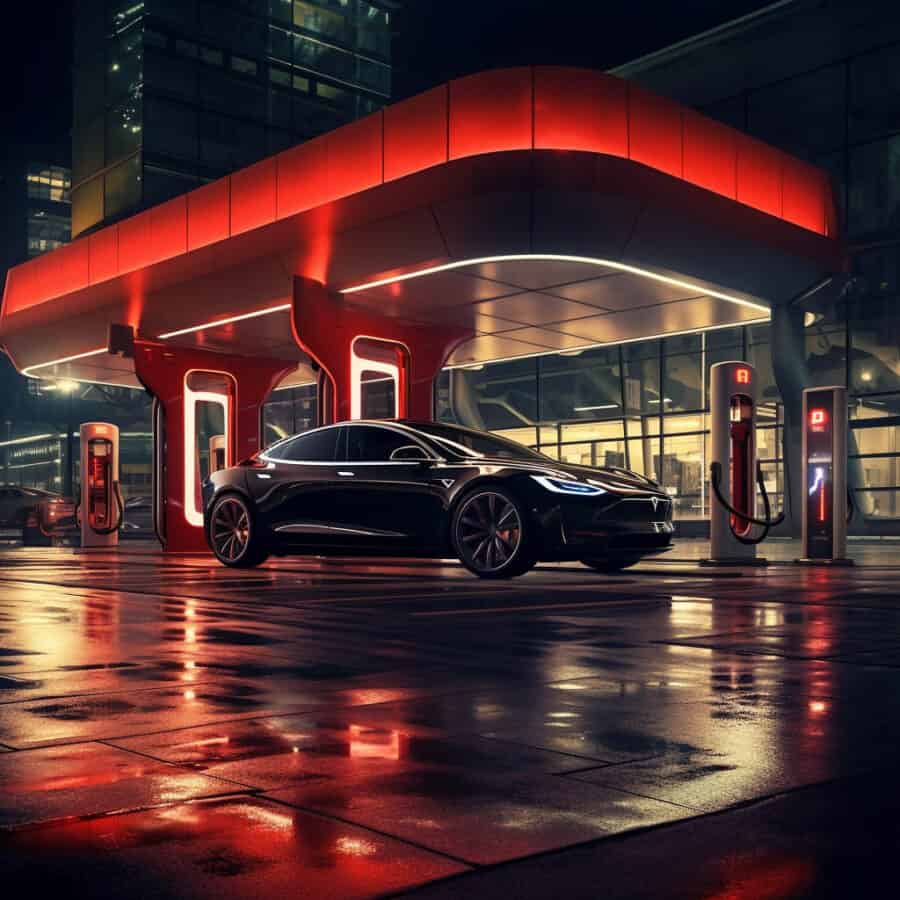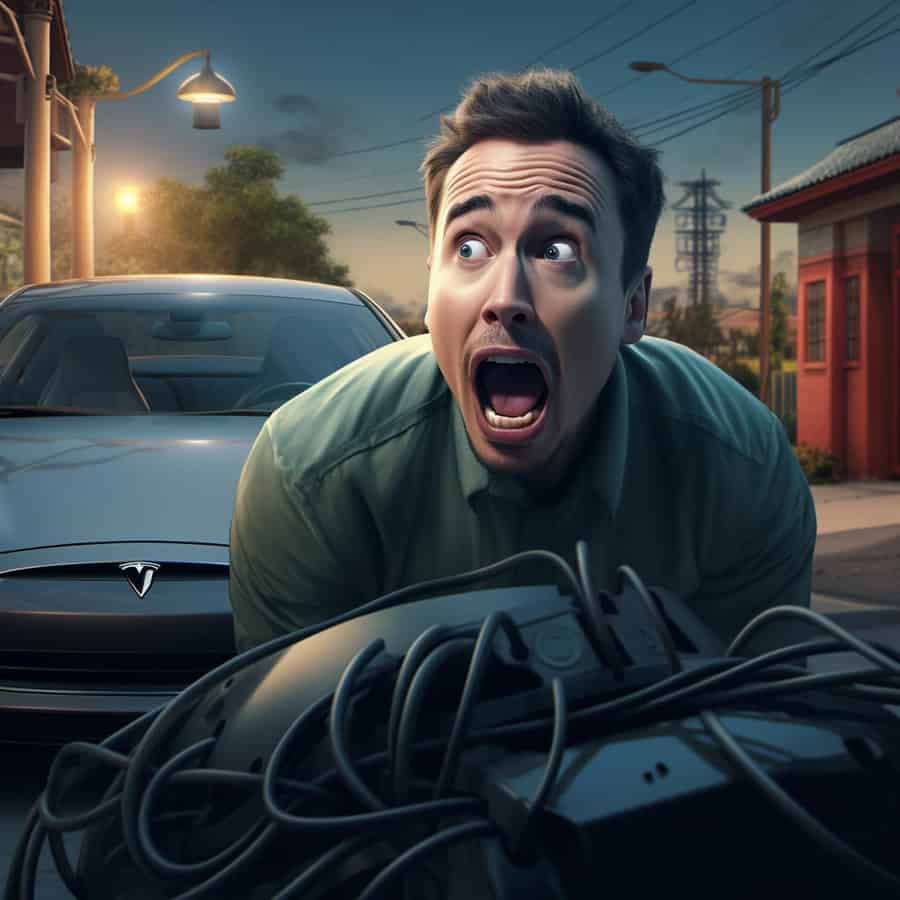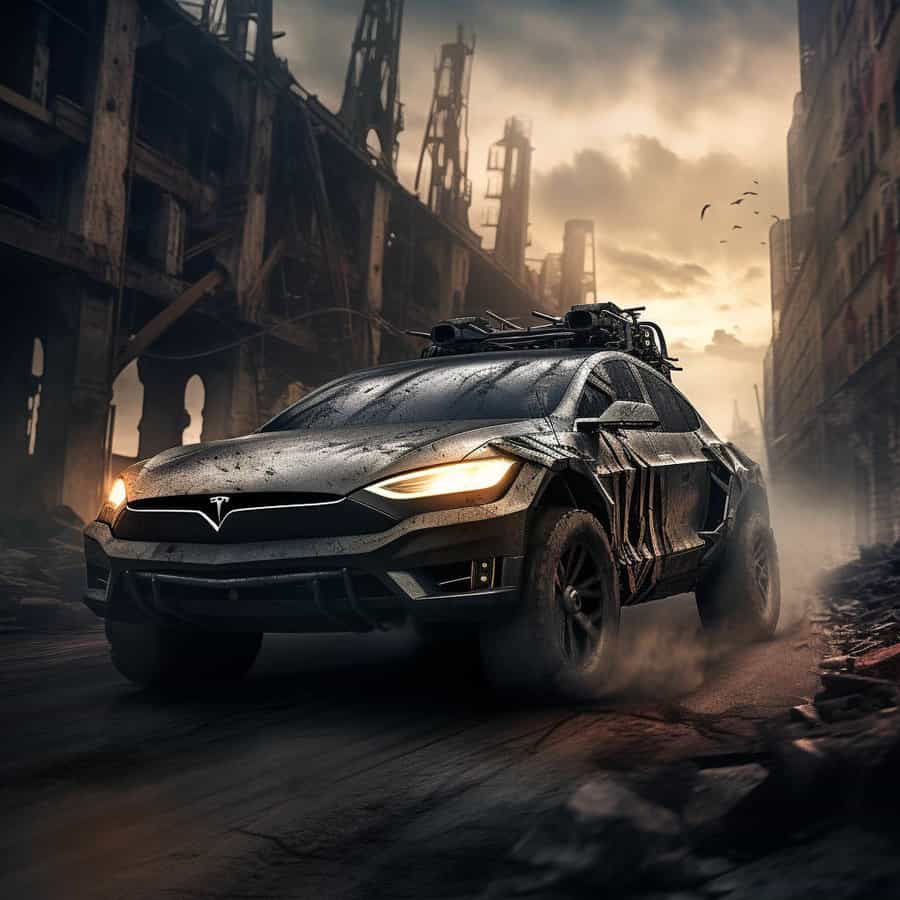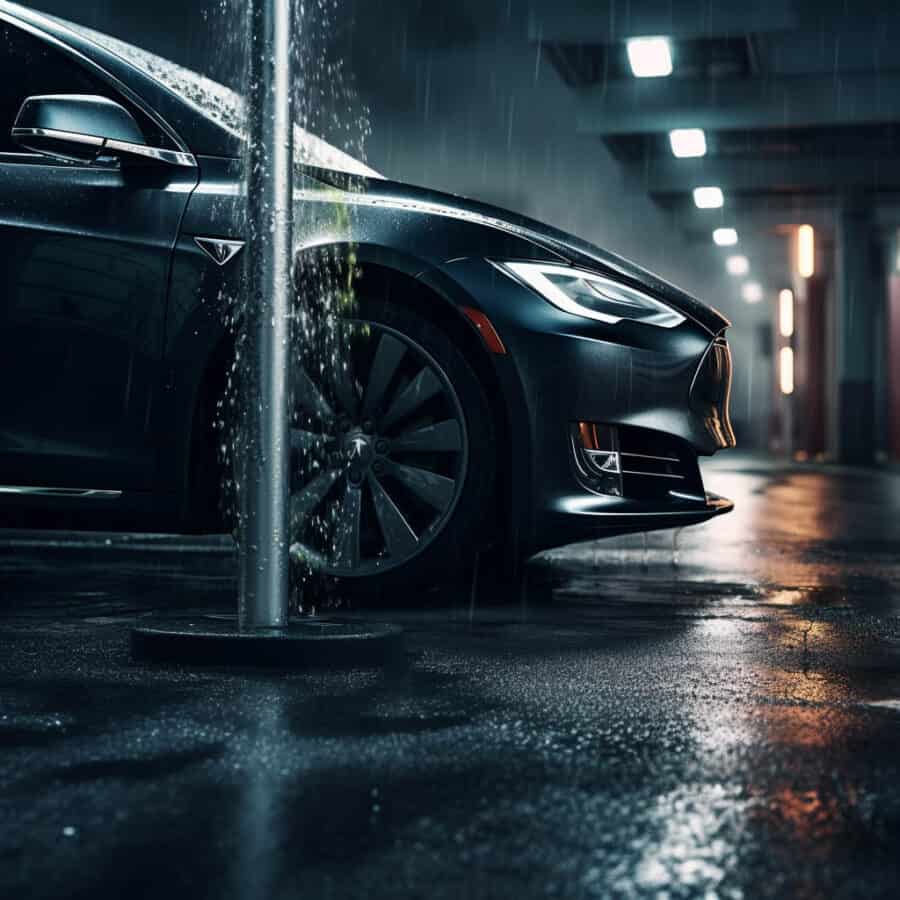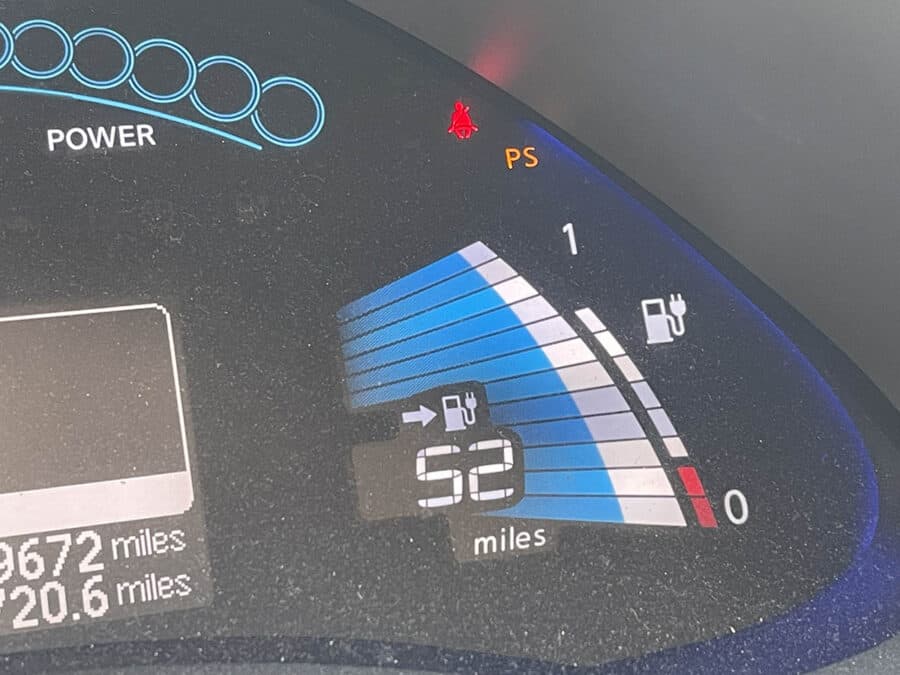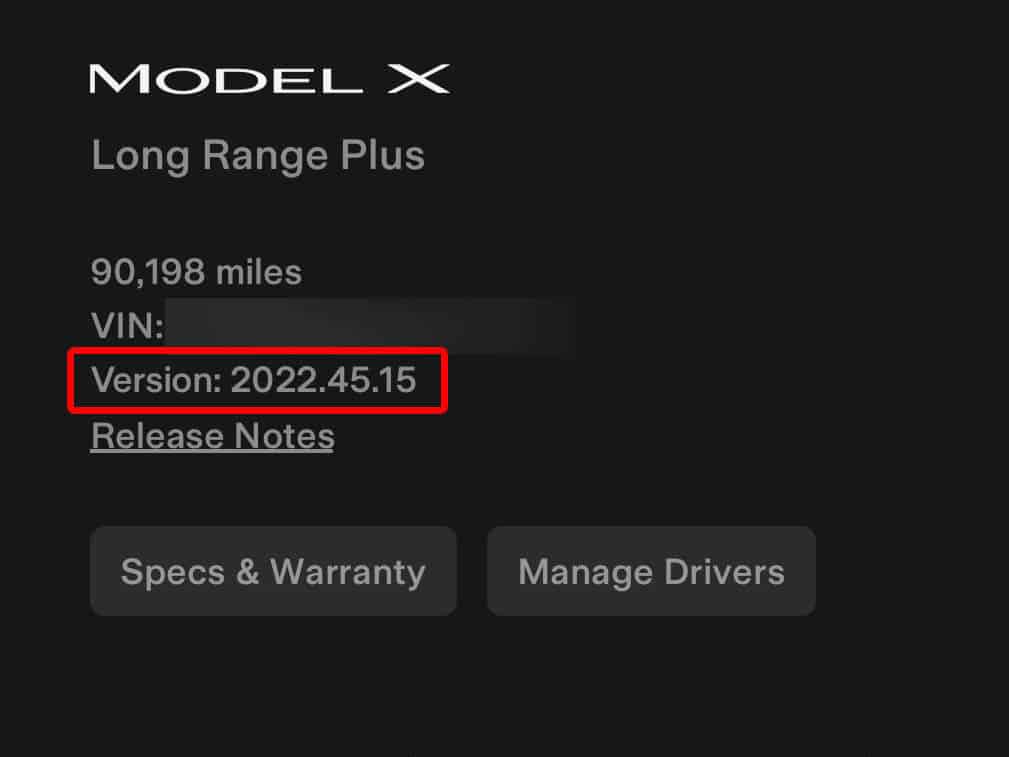Tesla has redefined the automobile industry through its pioneering role in electric vehicle technology. This blog post will delve into various aspects of this groundbreaking company, shedding light on its remarkable growth and valuation. We’ll discuss the contributions of founders Martin Eberhard and Marc Tarpenning, as well as Elon Musk’s involvement with PayPal and SpaceX before joining Tesla Motors. Safety is paramount for any automobile manufacturer, so we’ll explore how Tesla vehicles consistently achieve impressive safety ratings across multiple categories. Furthermore, we will examine Master Plan Part 3 – Sustainable Energy Economy by discussing Gigafactory production capacity goals and their investment towards sustainability initiatives. The acquisition of SolarCity has sparked debates over its potential benefits versus drawbacks; our analysis aims to provide clarity on this matter. Last but not least, autonomous driving technology concerns have been a hot topic surrounding Tesla’s Autopilot system; therefore, we’ll compare it to other self-driving tech while addressing safety concerns and potential improvements. Finally, let’s evaluate the impact of electric vehicles like those produced by Tesla on the global automotive industry through production milestones, growth trends, and adoption rates in different regions. Table of Contents: Tesla’s Remarkable Growth and Valuation From its humble beginnings as a startup, Tesla has grown to become the world’s leading electric vehicle maker. The company now boasts a valuation that surpasses major automotive giants like Toyota, Volkswagen, Daimler, General Motors, BMW, Honda, Hyundai, and Ford combined. Tesla’s success in the EV sector is largely due to its creative strategies spearheaded by CEO Elon Musk. Founders Martin Eberhard and Marc Tarpenning The story of Tesla began in 2003 when founders Martin Eberhard and Marc Tarpenning set out with a mission to prove that EVs could be better than gasoline-powered cars. The Roadster, an all-electric sports car that could accelerate from 0 to 60 mph in less than four seconds, was released in 2008 – the realization of Eberhard and Tarpenning’s vision. Elon Musk’s involvement in PayPal and SpaceX before joining Tesla Elon Musk, known for his work at PayPal and SpaceX, joined Tesla as chairman of the board in February 2004 after investing $6.5 million into the company during its Series A funding round. He later became CEO following financial struggles faced by co-founders Eberhard and Tarpenning, who eventually left the firm altogether amidst disagreements over the direction taken regarding Model S development among other internal issues within the organization itself overall. In recent years, Tesla has continued to push the boundaries of EV technology, introducing cutting-edge features such as self-driving tech and expanding its network of charging stations. As a result of their innovation and expansion, Tesla’s influence in the electric vehicle industry has skyrocketed. This rapid growth can be seen not only in their impressive sales figures but also through increased public interest surrounding the company overall – evidenced by frequent online searches related specifically to various aspects like “Tesla factory” or even simply the general term itself: “Tesla Motors“. Tesla’s remarkable growth and valuation is a testament to the hard work of its founders, Martin Eberhard and Marc Tarpenning, as well as Elon Musk’s involvement in PayPal and SpaceX. The impressive safety ratings of Tesla vehicles have further propelled their success by achieving 5-star ratings in multiple categories due to an emphasis on safety technology. Key Takeaway: Tesla, founded in 2003 by Martin Eberhard and Marc Tarpenning, has become the world’s leading electric vehicle maker with a valuation surpassing major automotive giants. This growth can be attributed to Tesla’s innovative approach to EVs spearheaded by CEO Elon Musk who joined as chairman of the board in February 2004 after investing $6.5 million into the company during its Series A funding round. Impressive Safety Ratings of Tesla Vehicles Tesla vehicles have consistently achieved top safety ratings, demonstrating the company’s commitment to providing drivers with secure and reliable electric cars. Tesla has pushed the boundaries of vehicle safety through its cutting-edge designs and advanced technologies. Achieving 5-star ratings in multiple categories The Model S and Model Y have both received impressive 5-star ratings from Euro NCAP, while the Model 3 earned an outstanding score based on its Weighted Overall Index from Green NCAP. These high scores are attributed to their excellent performance in various tests such as adult occupant protection, child occupant protection, vulnerable road user protection, and safety assist systems. Focus on safety technology in electric car manufacturing Tesla incorporates numerous features that contribute to their vehicles’ exceptional safety records. Some of these include: In addition to these features specific to EVs, Tesla also invests heavily in research & development efforts aimed at improving overall vehicle safety even further through continuous innovation within this space – ultimately helping set new industry standards time and again. With their impressive safety ratings and advanced technology, it’s no wonder that more drivers are choosing Tesla electric vehicles for a secure and environmentally friendly driving experience. Tesla Motors is set to push the boundaries of vehicle safety even further as they develop and introduce new products. Tesla cars have been awarded 5-star ratings across multiple areas, making them among the most secure electric vehicles on offer. Moving forward, Tesla is investing $3.5 billion towards sustainability initiatives to further its mission for a sustainable energy economy with Gigafactory production capacity goals as part of Master Plan Part 3. Key Takeaway: Tesla vehicles have achieved top safety ratings due to their innovative design and advanced technology. The Model S, Model Y, and Model 3 have all received impressive scores in various categories from Euro NCAP and Green NCAP. Tesla’s focus on safety features such as structural design, battery safety, and self-driving technologies make them a popular choice for drivers seeking secure electric cars. Master Plan Part 3 – Sustainable Energy Economy Tesla’s ambitious Master Plan Part 3 aims to reach a sustainable energy economy through end-use electrification and sustainable electricity generation. Tesla is looking to extend its range of products, making EVs more accessible and investing in renewable energy sources as part of their Master Plan Part 3 for a sustainable energy



